Topiary in Japanese Garden?
rusten
19 years ago
Related Stories
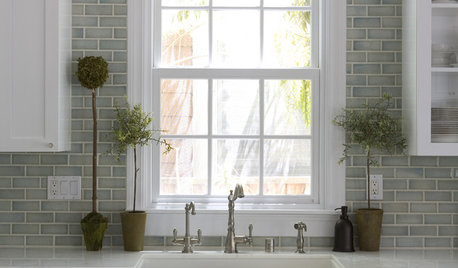
Indoor Gardener: Topiaries Help Rooms Shape Up
Undeniably sculptural, topiaries in modern geometric to classic round shapes bring fresh artfulness to the home
Full Story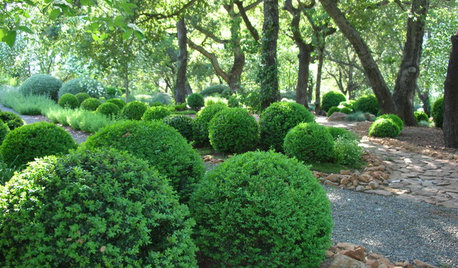
GARDENING AND LANDSCAPINGTopiaries Carve a Place Indoors and Out
In a garden, by a sink or decorating a living room, topiaries add a sculptural, artful touch
Full Story
GROUND COVERSNative Alternatives to English Ivy, Japanese Pachysandra and Periwinkle
These shade-loving ground covers are good for the environment and say something about where you are
Full Story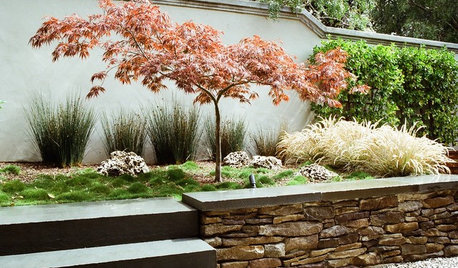
GARDENING AND LANDSCAPINGGreat Design Tree: Japanese Maple
Lacy form and fiery fall color make Japanese maple a welcome tree for garden or patio
Full Story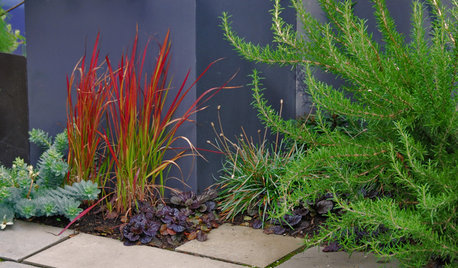
RED FOLIAGEGreat Design Plant: Japanese Blood Grass
This dramatic, ruby-tinged grass bridges the gap between red and green, short and tall plants
Full Story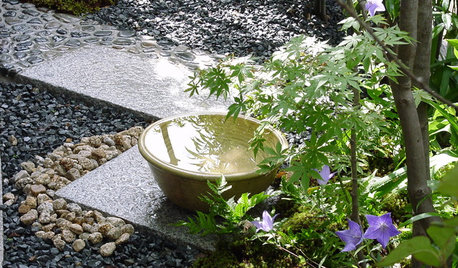
WORLD OF DESIGNA Beginner’s Guide to the Japanese Tea Garden
A small roji, or teahouse garden, offers a respite from everyday life. Why not make one part of your home garden?
Full Story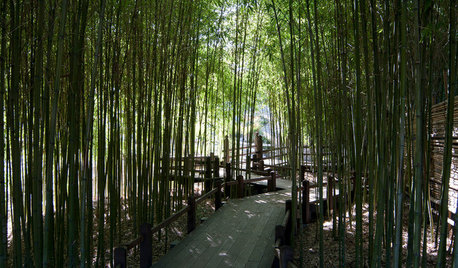
INSPIRING GARDENSStroll Through a Magnificent Japanese Garden, Newly Renovated
Get a glimpse of the Huntington's Japanese Garden today along with its storied past in a glossy new book
Full Story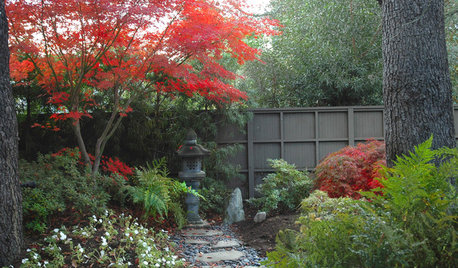
LANDSCAPE DESIGNLay of the Landscape: Create the Beauty of a Japanese Garden
Balance, enclosures and the forms of nature combine in serene Japanese garden design. Bring the look home with some of these principles
Full Story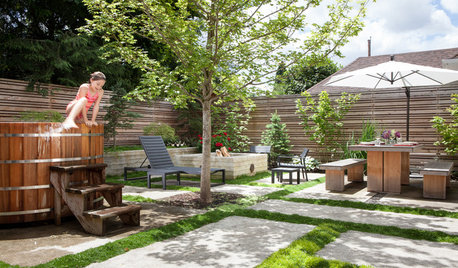
PATIOSBackyard Ideas: Writer's Studio and a Japanese-Inspired Garden
A nearby Japanese garden inspires a feature-packed backyard and studio for a work-from-home Portland writer
Full Story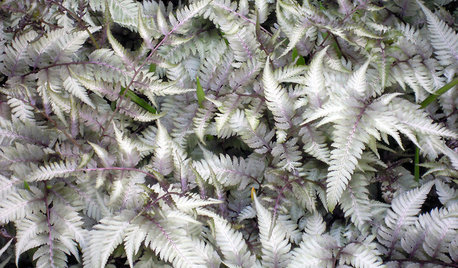
GARDENING GUIDESGreat Design Plant: Japanese Painted Fern Weaves a Garden Tapestry
Bring striking colors and texture to your woodland garden with Athyrium niponicum var. pictum
Full Story





ianna
bonsai_audge
Related Professionals
Owings Mills Landscape Architects & Landscape Designers · Washington Landscape Architects & Landscape Designers · Americus Landscape Contractors · Dinuba Landscape Contractors · Lemay Landscape Contractors · Pleasanton Landscape Contractors · Pompano Beach Landscape Contractors · Westchester Landscape Contractors · Skokie Driveway Installation & Maintenance · Wildomar Driveway Installation & Maintenance · Indio Driveway Installation & Maintenance · Eastvale Window Contractors · Vero Beach Window Contractors · Merriam Window Contractors · Elkridge Window Contractorsartemiss
badlad52